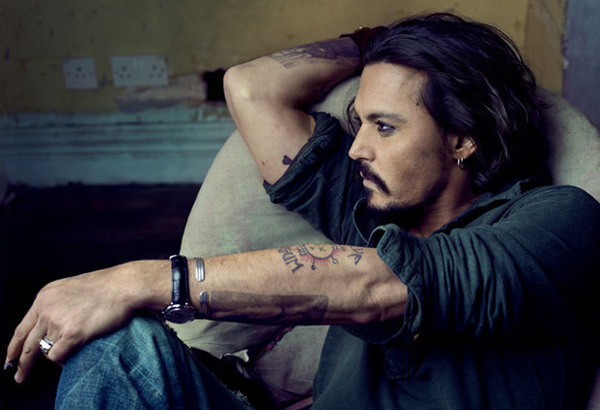Power of the Picture
It is only fitting to follow a week of text journalism with developments in photojournalism. As we've heard many times before, a picture is worth a thousand words, but I believe it is worth so much more. Images are what we remember, images are what stays in our minds when we've finished reading an article.
Most of the things in the Lecture I had seen it all before (as the images have burned into the back of my retina's from previous years) so I instead spent my time contemplating the power of images in the media, and the detrimental effect it can have.
Yes, I point the finger to certain Media outlets using Photoshop negatively when we are seeing what seems like more younger generations coping with depression and anxiety issues, struggling to accept themselves. But how do we encourage them to accept themselves when even the most 'beautiful' celebrities are edited and made to be look like 'Gods'. It's creating an unattainable beauty, and the continual concept of 'thinness'.
The video we were shown by Dove only cemented my own opinion.
The power of images are somewhat underestimated. Images of young women sell everything - from cars to scarves. We are constantly bombarded with images of 'perfect' women in the Media, be it advertising or celebrity news. It's been revealed in studies that women who are self conscious about their bodies are those more likely to spend more money on cosmetics and on celebrity magazines. It is a vicious cycle that could easily continue to be detrimental to impressionable young women's minds.
But lets focus on the other end of the spectrum.
What makes a great photo?
"A picture has no meaning at all if it can't tell a story." - Eetu Silanpaa
Sums it up perfectly.
 |
| December 8, 1980 John Lennon Rolling Stone Magazine Cover shoot |
 Annie Leibovitz - American Portrait Photographer
Annie Leibovitz - American Portrait PhotographerPerhaps best known for the famous last photograph of John-Lennon. Working for Rolling Stone Magazine, she had an understanding of what makes a good photograph.
Leibovitz utilized a then-new use of new colours, lighting and continues to astound audiences time and time again with images that tell amazing stories.
I think what is most brilliant about her work is not only her ability to make use of regular techniques of framing, rule of thirds, leading lines (the list goes on...), but rather her ability for us to see within the people she photographs
.
Her images do not need editing on Photoshop to remove what society has labelled as 'imperfect' and in the cases she does use Photoshop, it is to portray a greater beauty and emotion than before, rather then hinder it (such as in her Disney themed photo set).
 |
| Leibovitz's Disney "Dream" photo set |

No comments:
Post a Comment